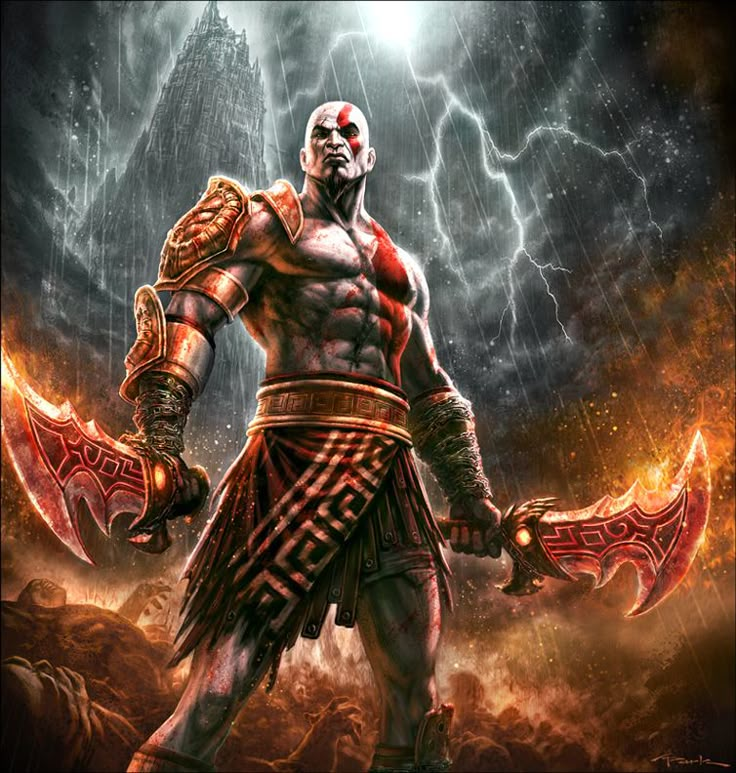
Hey folks- professorcod here. In real life I'm a professional historian and educator. I've decided to play through all of the CoD campaigns (for the first time! I usually only play MP) and write some interesting tidbits, observation, and historical analysis along the way. I'd love to discuss it with you all.
Game: Call of Duty (2003)
First up we have the original Call of Duty title from 2003. I haven't had much of a chance today to play anything but the tutorial mission but I was surprised to find it was set in my home state of Georgia.
I did some research and learned that Camp Toccoa was built under FDR's Works Project Administration, a program designed to combat extreme levels of unemployment in America in the 1930s.
Several thousand troops were trained as paratroopers at Camp Toccoa and their training became synonymous with the phrase "3 miles up, 3 miles down," a reference to the mountain trainees used for their hikes and runs.
It's still a popular tourist destination today in the Piedmont region of Georgia, and the roads the soldiers used on the mountain are still maintained by the U.S Forestry Service.
Has anyone ever visited?
Game: Call of Duty (2003)
First up we have the original Call of Duty title from 2003. I haven't had much of a chance today to play anything but the tutorial mission but I was surprised to find it was set in my home state of Georgia.
I did some research and learned that Camp Toccoa was built under FDR's Works Project Administration, a program designed to combat extreme levels of unemployment in America in the 1930s.
Several thousand troops were trained as paratroopers at Camp Toccoa and their training became synonymous with the phrase "3 miles up, 3 miles down," a reference to the mountain trainees used for their hikes and runs.
It's still a popular tourist destination today in the Piedmont region of Georgia, and the roads the soldiers used on the mountain are still maintained by the U.S Forestry Service.
Has anyone ever visited?

Game: Call of Duty (2003)
In the middle of the night, player character Private Martin lands outside of Sainte-Mère-Église where his objective is to drop a beacon for fellow paratroopers. His unit ends up scattered and instead he fights alongside mixed units to clear German soldiers out of farmhouses on the outskirts of the town.
The game mimics the real life capture of Sainte-Mère-Église by Allied troops from German forces. In a very specific nod to a real life event, a paratrooper can be seen hanging in the town church. This is a reference to John Steele (505th Parachute Infantry Regiment), who hung in the church for several hours pretending to be dead until captured by German forces. He later escaped and rejoined the war effort.
During the second mission, Private Martin is tasked with disabling German anti-aircraft tanks known as Flakpanzers. These tanks were modified from the chassis of its predecessor, the Panzer. They were big and bulky and not generally regarded as well-performing. Later, Private Martin acquires a German anti-tank weapon called the Panzerfaust to fight off German forces in the light of day.
The Allied liberation of Sainte-Mère-Église turned out to be crucial to preventing a route to German counterattack on the Utah and Omaha beaches. The victory in the small town was also good for overall morale- in both the troops and citizens.

One thing I failed to mention is that I sincerely didn't expect the game to give me such a sense of impending danger. You know those tingles you get when your back is to dark room? I actually felt those every time I had to direct my character out of cover. Despite the game's age and relative potato graphics, the ambience of the nighttime mission to capture the town generates both a sense of urgency and apprehension.

11 Yrs♥$✓#
I'm not a fan of 1st person games in general, but this blog idea from the perspective of an historian is very cool.
7 Yrs✓#
GamingSlime
7 Yrs✓#
Very interesting thread! I've always wondered how much CoD represented accurately from history so this is great, especially being a fan of the series

Appreciate it! If this goes over well I'm thinking about doing other games with historical ties (Assassin's Creed, Ghost of Tsushima, Kingdom Come, etc)

Honestly I can't believe it's taken me this long to dive into a project like this! Hope you enjoy!

Game: Call of Duty (2003)
After destroying more tanks and beating back more Germans, the tone of the mission grows a little more desperate as the Captain of the unit relents that we need backup. He assigns player character Private Martin and others to commandeer a "French tin can" to drive to relay the message along the route to Normandy. Two different cars are featured in this mission, the first of which being the Peugeot 202, a steel-bodied supermini. Founded in 1810, the Peugot brand is actually the oldest car company in the world, beating Mercedes-Benz by 73 years and the iconic Ford Motors by nearly 100 years. However, this is on a technicality, as they didn't actually produce any form of vehicle until they started manufacturing bicycles in the 1880s. Previous to this, Peugeot focused primarily on manufacturing saws and other tools.
The second vehicle our characters take is a Kübelwagen, a military vehicle produced by Volkswagen specifically for the Nazi military during WWII. It wad designed by Ferdinand Porsche.
After successfully delivering their message, the soldiers take on a fictionalized version of the real-life event, the Brécourt Manor Assault. On June 6th 1944, First Lieutenant Richard Winters of the US 506th Parachute Infantry Regiment was tasked with destroying a German artillery battery. Nazi forces had created ditches to move between artillery, which Winters and his fellow soldiers were able to use to their advantage by sneaking up on pockets of Germans manning their guns. Ultimately, Winters and co. were succesful and even gathered intel that enabled the Allied forces to locate remaining German artillery in the area. Like the capture of Sainte-Mère-Église, this turned out to be crucial to the success of the D-Day landings.

Game: Call of Duty (2003)
The rescue mission in the Bavarian Alps leads me to a discussion of the Alpine Fortress (or Alpenfestung), Heinrich Himmler’s imagining of a redoubt for German leaders. However, the redoubt actually never existed. Fascinatingly, Nazi minister of propaganda Joseph Goebbels actually established a special task force specifically to spread rumors about the Alpine Fortress.
The propaganda campaign to promote the Alpine Fortress as both real and prepared served a few different purposes. First, it aimed to force Allies to consider the possibility of a more prolonged war effort, including drawn out guerrilla-warfare through the Alpine region. It was not just about buying time- it was about throwing a wrench in the way Allied leadership made strategic decisions about the remainder of the war.
Not only was the rumor campaign meant to fool Allied forces, but also Germans themselves. The idea of Alpine Fortress bolstered Nazi morale by allowing them to believe recovery was possible and there was a plan towards that end.
Ultimately, of course, Himmler's strategic mountain retreat was nothing but a work of fiction designed to erode confidence in the Allies, and boost it in Germans.
The rescue mission in the Bavarian Alps leads me to a discussion of the Alpine Fortress (or Alpenfestung), Heinrich Himmler’s imagining of a redoubt for German leaders. However, the redoubt actually never existed. Fascinatingly, Nazi minister of propaganda Joseph Goebbels actually established a special task force specifically to spread rumors about the Alpine Fortress.
The propaganda campaign to promote the Alpine Fortress as both real and prepared served a few different purposes. First, it aimed to force Allies to consider the possibility of a more prolonged war effort, including drawn out guerrilla-warfare through the Alpine region. It was not just about buying time- it was about throwing a wrench in the way Allied leadership made strategic decisions about the remainder of the war.
Not only was the rumor campaign meant to fool Allied forces, but also Germans themselves. The idea of Alpine Fortress bolstered Nazi morale by allowing them to believe recovery was possible and there was a plan towards that end.
Ultimately, of course, Himmler's strategic mountain retreat was nothing but a work of fiction designed to erode confidence in the Allies, and boost it in Germans.

14 Yrs♥F✓#
+1, love it!
6 Yrs♥✓#
Civilwarfare101
6 Yrs♥✓#
This sounds interesting but a suggestion I can make is to find a Youtube level walkthrough that covers the part of history you are talking about. Just to help jog the memory of someone who hasn't played the game in a while and to give a frame of refrence.
2 Yrs✓#
kSlank
2 Yrs✓#
Historian eats every cod